Wild berry picking season: Here are WA state’s common toxic and poisonous wild berries
Spring weather has finally come to the Pacific Northwest, which means more hiking and foraging opportunities. But if you’re walking along one of the many trails across Washington state and find a bush of plump, juicy white berries, don’t eat them. In fact, resist the urge to eat anything you pick while out in the Washington wilderness, unless you are 100% certain what it is.
A commonly-shared rule among foragers is referred to as the Berry Rule, since berries of certain colors are more likely to be toxic:
Only 10% of white and yellow berries are safe and edible
50% of red berries are edible
90% of blue, purple and black berries are safe to eat.
An easy way to remember this is the mnemonic “If it’s purple, black or blue, it’s probably good for you. If it’s red, you might be dead. If it’s white or yellow, it’ll kill a fellow.”
The Berry Rule isn’t foolproof and should only be used as a rule of thumb. The best way to stay safe while foraging is to be positive in your identification, using experts and other resources.
Toxic WA plants and berries
▪ Baneberry - Actaea rubra, Actaea pachypoda
Both red and white baneberry varieties are considered poisonous, but red baneberries are more common in Washington. The toxic plant can cause cardiac arrest and respiratory distress after eating around six berries. The entire plant is considered poisonous, but the berries and roots are the most dangerous.
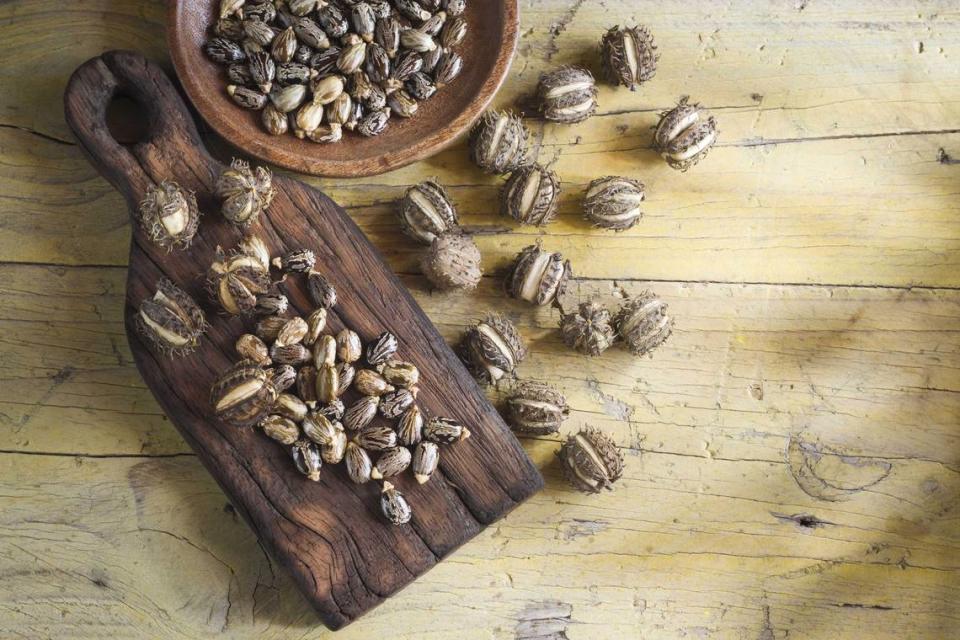
▪ Castor bean - Ricinus communis
The castor bean grows on large shrubs or small trees. The bean (that isn’t technically a bean) contains ricin, a toxic chemical that can kill people with just a few seeds. They aren’t often eaten fresh off the bush, as they have a tough exterior preventing the ricin from releasing. But if chewed, or ground up and consumed, the plant can be fatal.
▪ Deadly nightshade - Atropa belladonna
The entire plant is toxic, but most dangerous are the dark purple berries. Nightshade poisoning can cause an increased heartbeat, delirium, hallucinations, vomiting, respiratory failure and death.
▪ English laurel - Prunus laurocerasus
Commonly used as divisive shrubs, many laurel varieties have toxic leaves, roots and berries. These components contain hydrogen cyanide, which can cause minor irritation in small quantities, but respiratory failure and death in large quantities. The berries fruit green and ripen to black.
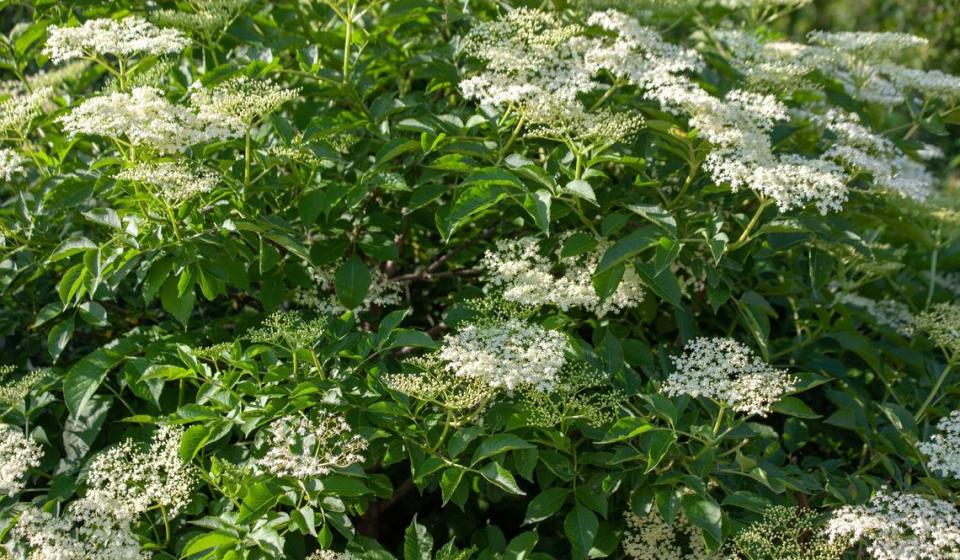
▪ Elderberry - Sambucus racemosa
The elderberry is native to Washington in several varieties, including red, coastal red and black. It grows on shrubs that can grow up to 20 feet high. The berries contain toxic seeds, but the toxicity can be cooked out. It is also possible to remove the seeds and eat the berries raw, but do so with caution. Other parts of the plant also contain cyanide.
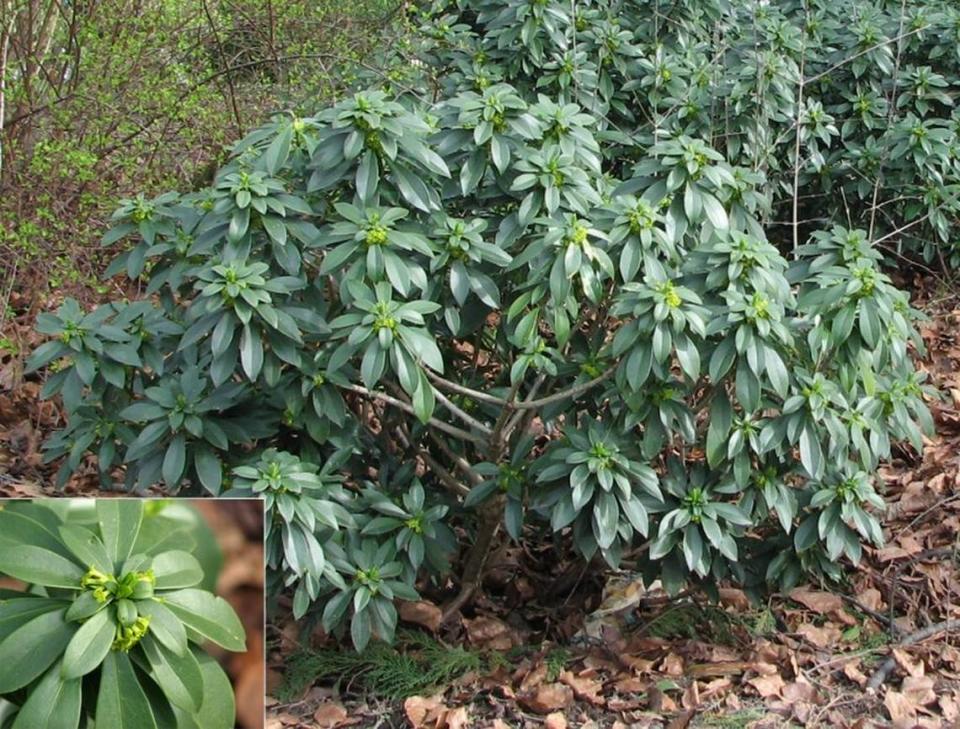
▪ Jequirity bean - Abrus precatorious
An ornamental plant, the jequirity bean produces red and black beans. These beans are highly poisonous. They contain abrin, enough to kill an adult after consuming just one small bean.
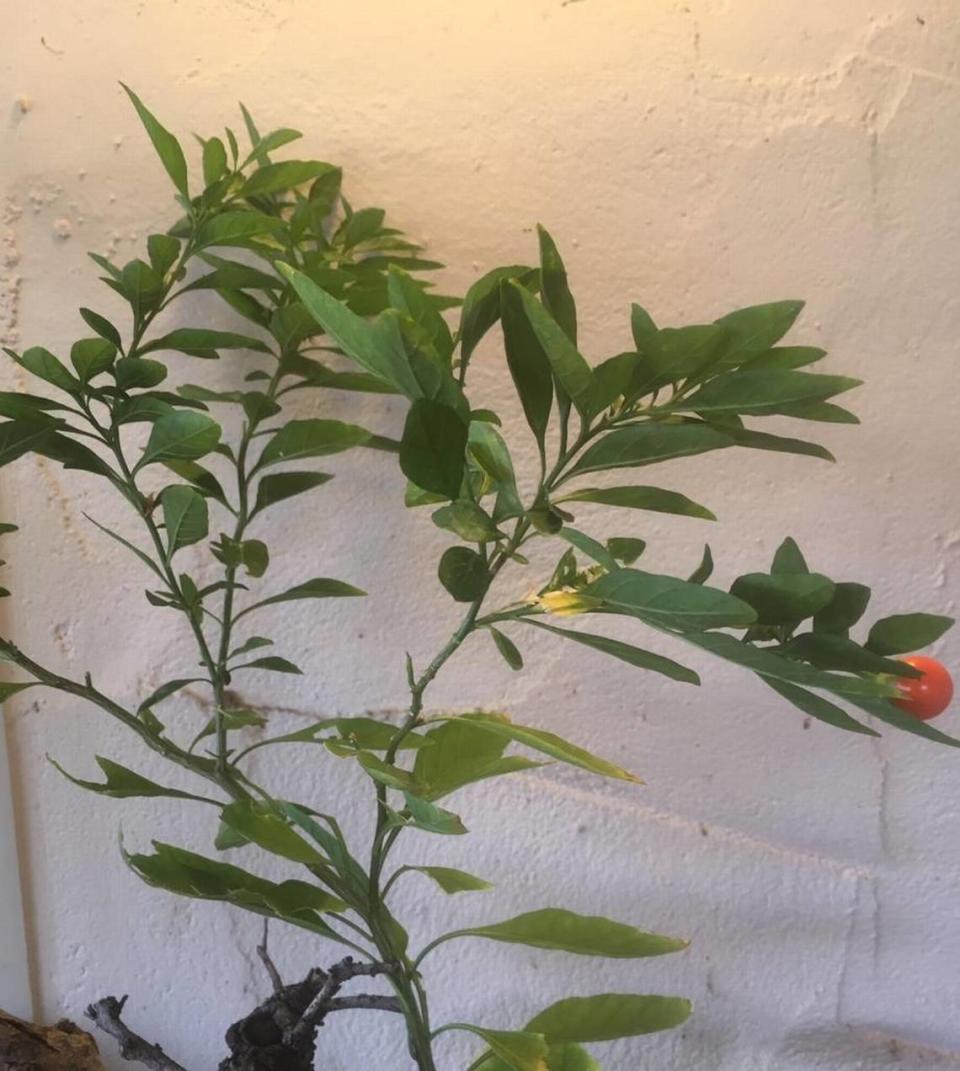
▪ Jerusalem cherry - Solanum pseudocapsicum
The Jerusalem cherry is a species of nightshade, the majority of which are poisonous. The fruits are about cherry-sized, hence the common name. It grows on a shrub with dark green leaves, making the red, yellow and orange fruits stand out. Consuming the false cherry can cause gastrointestinal issues, seizures, respiratory depression and shock.
▪ Spurge laurel - Daphne laureola
This evergreen shrub is considered invasive in parts of Washington state. The small, black berries are poisonous with one seed. The entire plant is toxic and can cause skin irritation on contact.
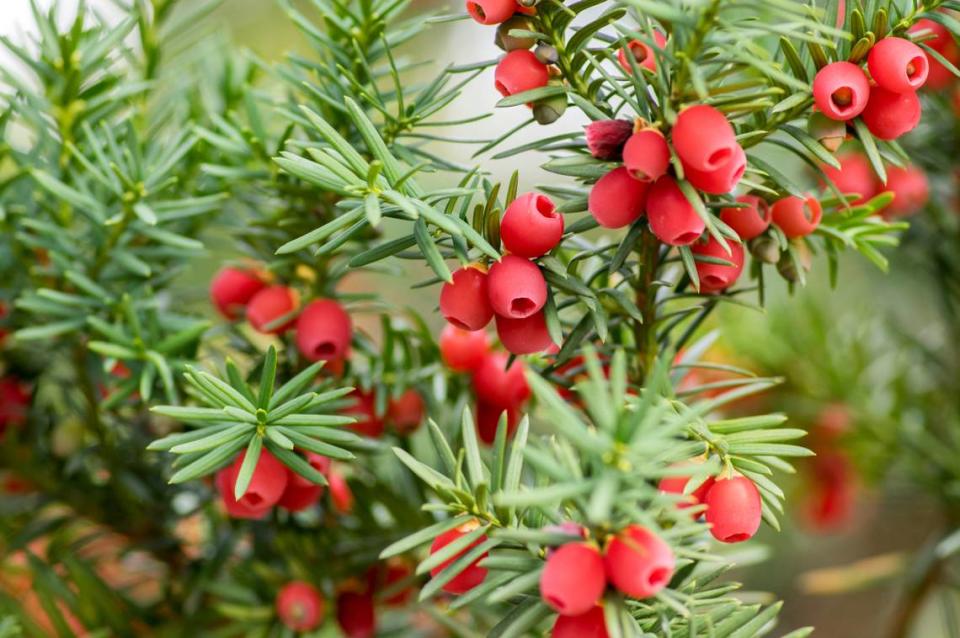
▪ Yew berry - Taxus baccata
Berries contain taxines, poison causing cardiac and respiratory failure. The entire plant is toxic.
Poison center identification classes
There are other berries in Washington that are considered poisonous, but it would take a large amount to do any damage. These Class 2 berries include the snowberry, holly berries, bittersweet nightshade and more.
The Washington Poison Center is available for emergencies, questions and concerns at 1-800-222-1222.
The Washington Poison Center categorizes unsafe plants across four classes. One means major toxicity that can cause death or serious illness, two is minor toxicity. Class three includes oxalate toxicity, which is caused by a needle-like crystal in the plant, leading to irritation, throat swelling, breathing difficulties and an upset stomach. Class four includes dermatitis, plants that cause moderate-to-severe skin rash or irritations.
Several berry varieties common in Washington are safe to eat, right off the bush. It’s important to know which berries are toxic. It’s possible for a plant’s leaves to cause irritation while flowers and berries won’t, or vice versa. This is why you should always know exactly what plant you’re touching before you touch it.
Some berries will fall under multiple categories. This list is not meant to be all-inclusive, as more discoveries are constantly being made about the plants around us and when they are safe. It also includes some plants that don’t technically produce berries, but fruiting bodies that look like berries.

